 | Fairy Tales for Children |
|---|
| www.studenthandouts.com ↣ Printable Texts and eBooks ↣ Fairy Tale Worksheets and eBooks |
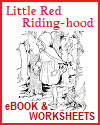 | 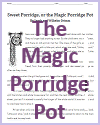 | 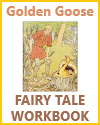 | 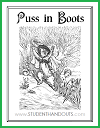 | 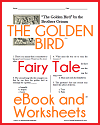 | ||||||
| Little Red Riding Hood | Sweet Porridge, or the Magic Porridge Pot | The Golden Goose | Puss in Boots | The Golden Bird |
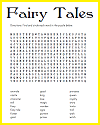 | 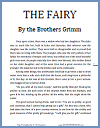 | 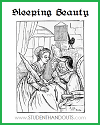 | 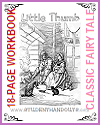 | 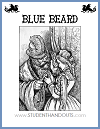 | ||||||
| Fairy Tales Word Search Puzzle | The Fairy | Sleeping Beauty | Little Thumb eBook or Workbook | Blue Beard eBook and Worksheets |
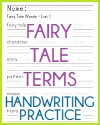 | 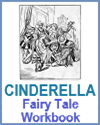 | 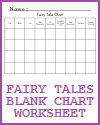 | 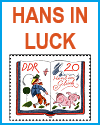 | 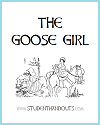 | ||||||
| Fairy Tale Terms Handwriting Worksheets | Cinderella Fairy Tale Workbook | Fairy Tales Blank Chart Worksheet | Hans in Luck Fairy Tale Workbook | The Goose Girl |
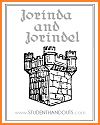 | 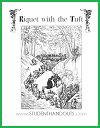 |  | 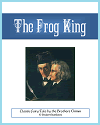 | 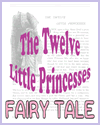 | ||||||
| Jorinda and Jorindel | Riquet with the Tuft eBook and Worksheets | The Little Old Woman Who Lived in a Shoe | The Frog King Fairy Tale Workbook | The Twelve Little Princesses Workbook |
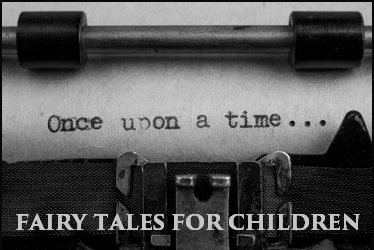 Fairy tales are a critical part of the Language Arts curriculum in elementary school for several reasons.
Fairy tales are a critical part of the Language Arts curriculum in elementary school for several reasons.Educational Benefits: Language Development: Fairy tales introduce young students to a rich vocabulary and varied sentence structures, enhancing their language skills and comprehension. Literary Foundation: These stories familiarize students with basic narrative elements such as plot, setting, characters, conflict, and resolution, laying the groundwork for more advanced literary analysis. Reading Comprehension: The repetitive and predictable nature of fairy tales helps students develop reading fluency and improves their ability to anticipate and understand story events. Critical Thinking and Imagination: Fairy tales encourage critical thinking as students analyze characters' motives, predict outcomes, and explore alternative endings. They also stimulate imagination and creativity through their fantastical elements and moral lessons. Cultural Literacy: These stories often reflect cultural values and historical contexts, providing students with a sense of cultural heritage and a broader understanding of diverse traditions and societies. Psychological and Social Benefits: Moral Lessons: Fairy tales often convey important life lessons and moral values, teaching children about right and wrong, the importance of kindness, courage, and perseverance. Emotional Resilience: By dealing with themes of conflict and resolution, fairy tales help children understand and cope with real-life challenges and emotions, fostering emotional resilience and problem-solving skills. Empathy and Social Skills: Through characters' experiences and relationships, students develop empathy and social understanding, learning to navigate friendships, conflicts, and social interactions. Engagement and Enjoyment: Engaging Content: The captivating and magical elements of fairy tales engage young learners, making reading enjoyable and fostering a lifelong love of literature. Interactive Learning: Fairy tales lend themselves well to various interactive and multisensory learning activities, such as storytelling, role-playing, and creative arts, which enhance comprehension and retention. In summary, fairy tales are a fundamental part of the elementary Language Arts curriculum due to their multifaceted educational, psychological, and social benefits. They provide a rich resource for developing essential literacy skills while also engaging students' imaginations and teaching valuable life lessons. |
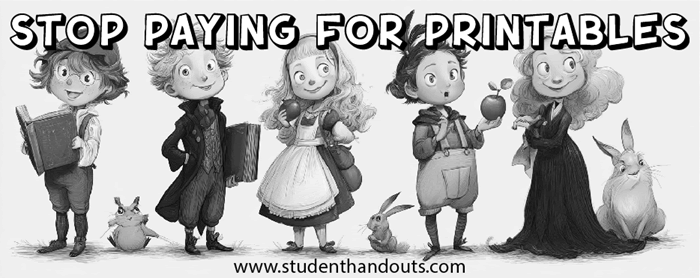 |
| www.studenthandouts.com ↣ Printable Texts and eBooks ↣ Fairy Tale Worksheets and eBooks |








